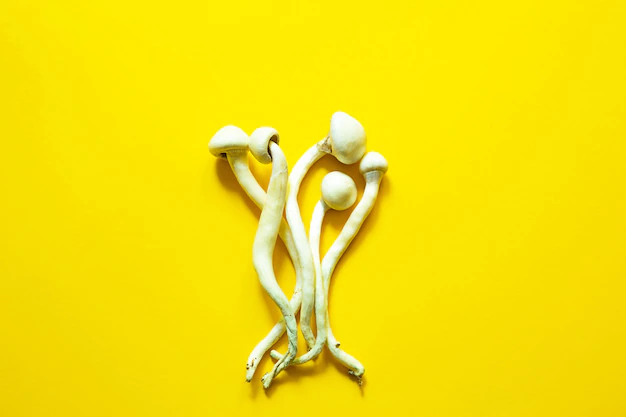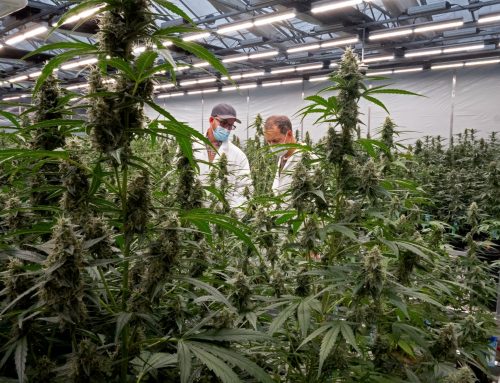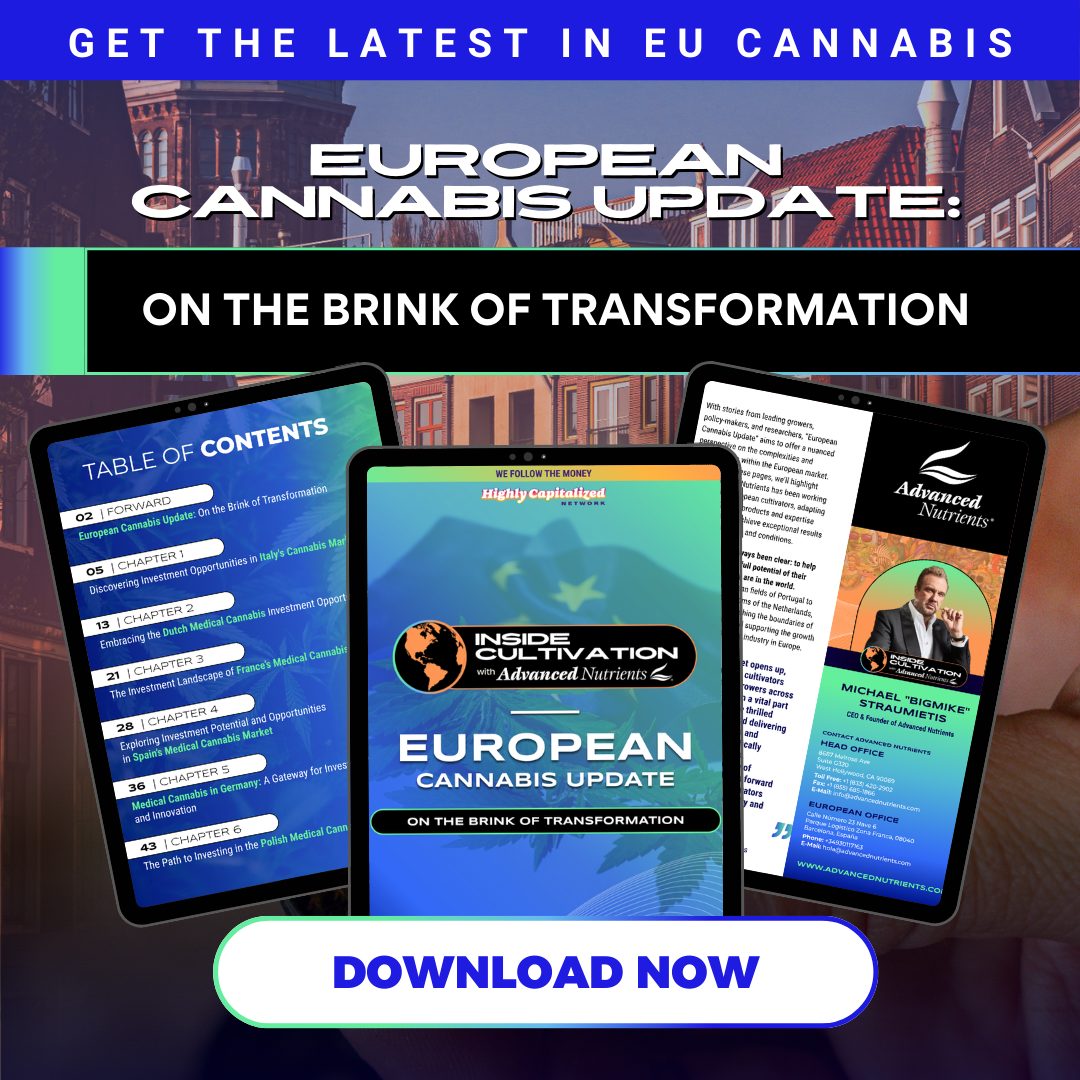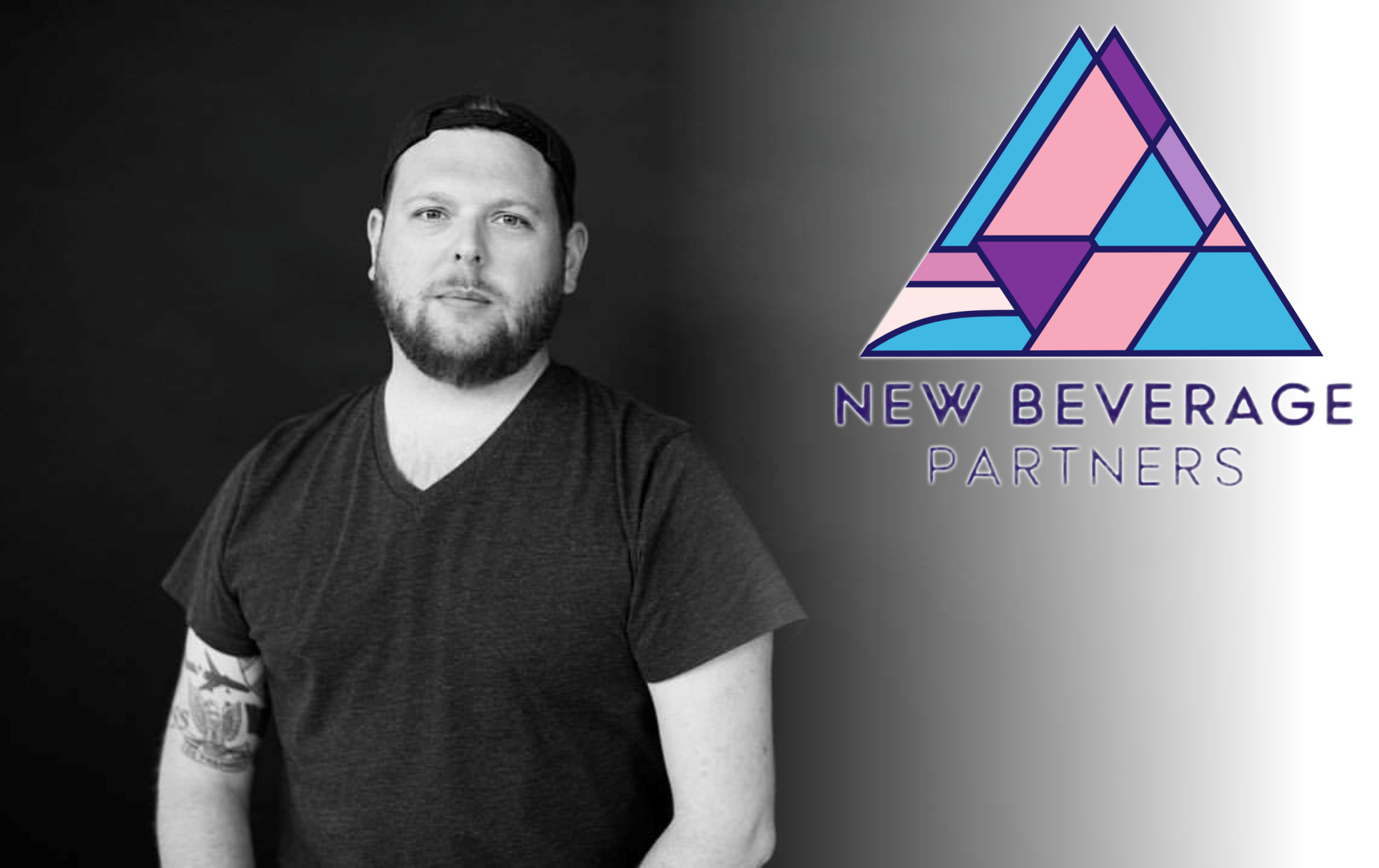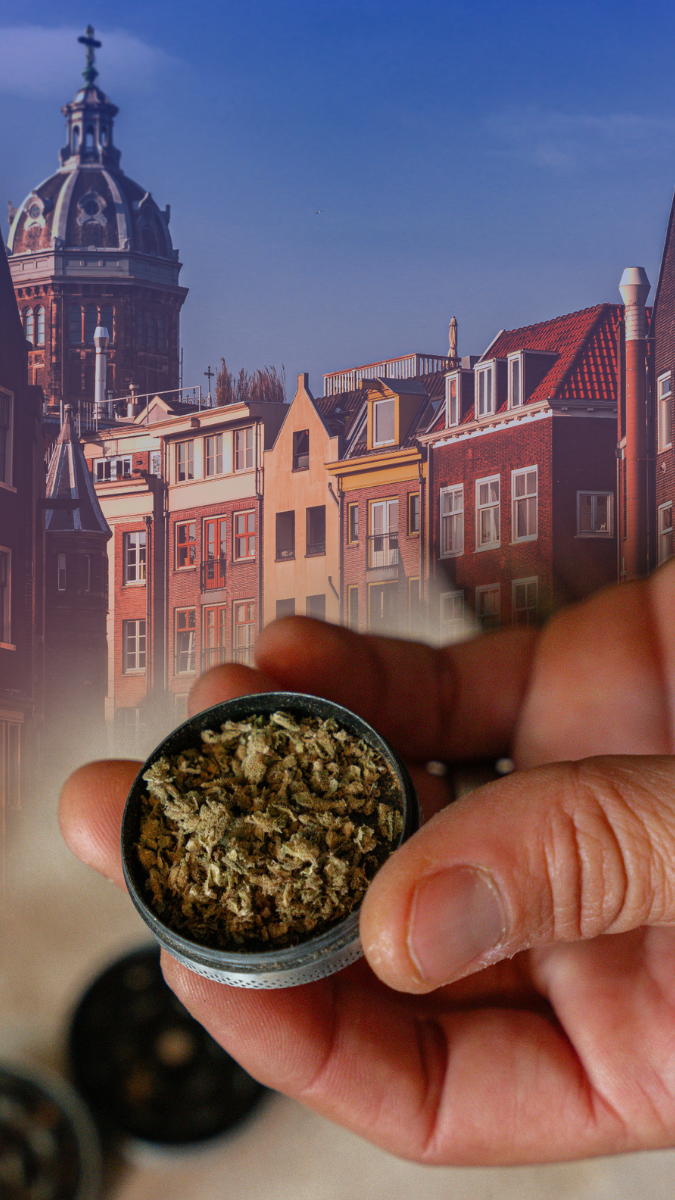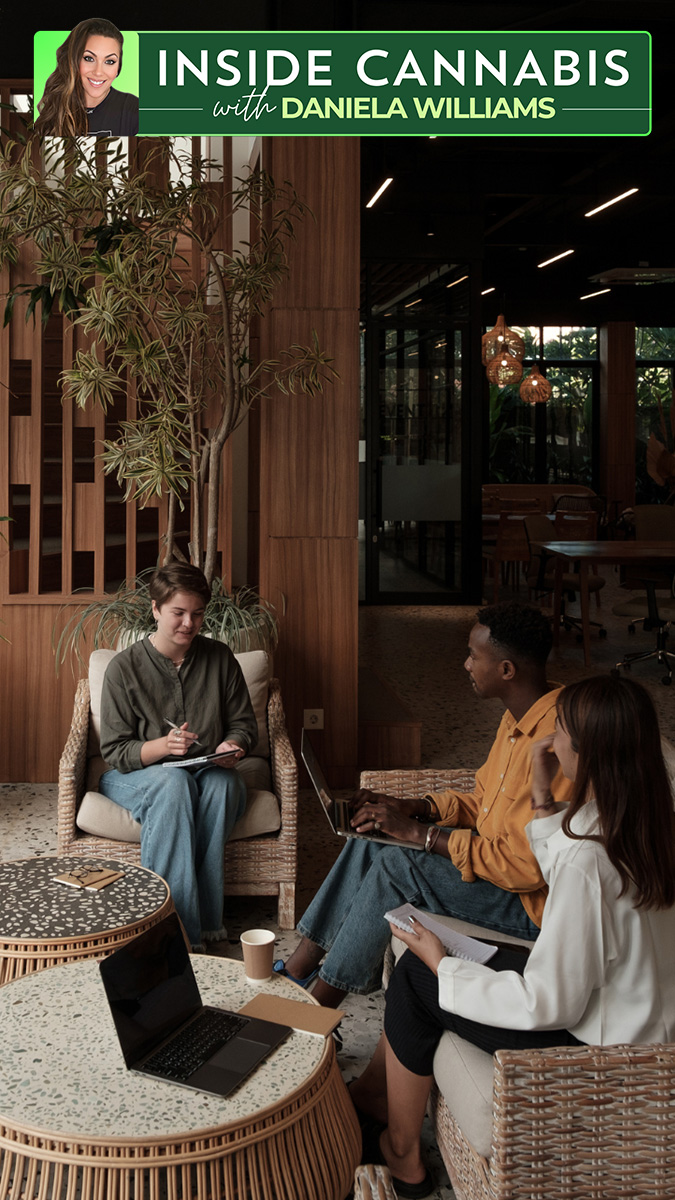Do You Need To ‘Trip’ To Get The Full Effects of Psilocybin?
LOS ANGELES–As psilocybin enters the list of new medical applications in Australia, a thought-provoking debate unfolds: is the enchanting world of hallucinations, or ”tripping,” integral to its efficacy, or can we unlock the benefits of psilocybin without experiencing altered perceptions?
The recent introduction of psilocybin into Australia’s medical landscape has ignited a divergence of opinions among scientists. Central to this discourse is the question of whether the profound hallucinatory experiences catalyzed by psilocybin are essential to its effectiveness in treating conditions like treatment-resistant depression, or whether a milder form of psilocybin could achieve therapeutic outcomes.
For individuals seeking to self-medicate ailments like migraines or nicotine addiction—both emerging avenues for psilocybin application—a prospect that allows them to ingest a pill and continue their day without engaging in profound communion with the surrounding environment could prove incredibly valuable.
Moreover, this applies to those people with genetic predispositions to psychosis, a history of trauma, or financial constraints hindering them from partaking in the conventional six to eight-hour therapeutic session, often requiring a substantial cash investment.
The challenge rests in deciphering whether the full-fledged psychedelic journey is a requisite for effective treatment or if an alternative, more refined psilocybin experience can cause similar therapeutic outcomes.
Psilocybin, renowned for its potential to alleviate the burdens of depression and anxiety, has gained approval for limited usage in treating treatment-resistant depression, as sanctioned by the Australian Therapeutics Goods Administration. This approval reflects the growing recognition of psilocybin’s potential to offer relief with just a few doses.
Yet, a problem emerges: can psilocybin be tailored to address specific therapeutic goals without inducing the kaleidoscope of hallucinatory experiences? This tantalizing question propels us into a new realm of understanding the complex mechanisms of the human brain and how psilocybin catalyzes neural transformations.
Dr. Martin Williams, a distinguished presence in psychedelics research as the president of Prism and an expert in MDMA and psilocybin, underscores the profound potential of exploring the isolated physiological benefits of psilocybin. This radical departure from the traditional view challenges us to discern whether the neural rewiring facilitated by psilocybin alone can hold the key to unlocking therapeutic breakthroughs.
Associate Professor Daniel Perkins, co-founder of the University of Melbourne’s Medicinal Psychedelics Research Network, delves further into the enigma of psilocybin’s mechanisms. He highlights that the psychotherapeutic effects, characterized by intense emotional processing and profound personal revelations, emerge as potent predictors of clinical outcomes. While the hallucinations have garnered attention, they might not be the sole contributors to psilocybin’s therapeutic benefits.
Intriguingly, the interplay between psilocybin and neural receptors unravels novel possibilities. Psilocybin influences several receptors, including 5-HT2A, known for its association with hallucinations. Scientist David Olson’s research with rodents suggests that by tweaking the psilocybin molecule, it could be possible to dissociate therapeutic benefits from hallucinatory experiences.
The burgeoning field of refining psilocybin to retain its therapeutic virtues while minimizing or omitting hallucinations beckons a new era. Enter biotech ventures like Psylo, diligently crafting compounds that harness the antidepressant profile of psilocybin while discarding the hallucinogenic properties. These endeavors exemplify a strategic exploration of the uncharted terrain of psilocybin’s therapeutic landscape.
Microdosing, a trend embraced by individuals ranging from Silicon Valley innovators to working parents, offers an intriguing alternative. With claims of mood elevation and enhanced creativity, microdosing has emerged as an avenue for integrating psilocybin into daily routines. However, concerns regarding potential heart disease risks underscore the need for comprehensive research.
The trajectory of psilocybin’s evolution is also shaped by hurdles. Planned trials, such as the one by Optimi Health Corporation, are curtailed, leading to an elusive quest for definitive evidence. Dr. Mike Musker of the University of South Australia underscores the role of individual experiences, contributing to a mosaic of understanding on microdosing’s potential.
As psilocybin’s intricate relationship with our neural receptors unfolds, the delicate balance between its benefits and potential risks invites many voices, from industry pioneers to researchers. The prospect of a refined psilocybin, attuned to specific therapeutic needs, mirrors an evolving understanding of how the brain functions. While the future of psilocybin takes shape in labs across the globe, one thing is clear: the influence on mental health will be rich, complex, and filled with untapped potential.










